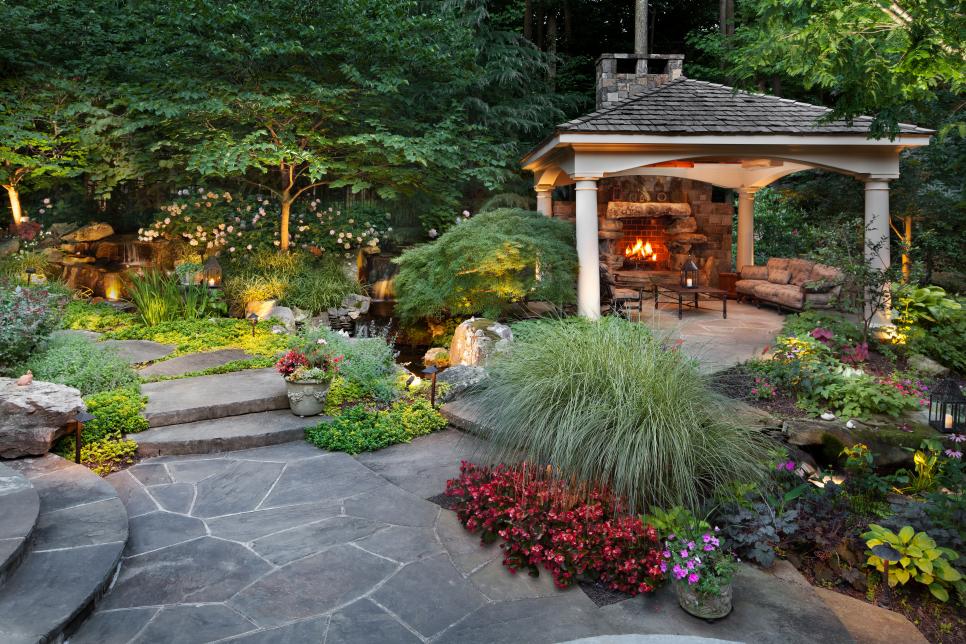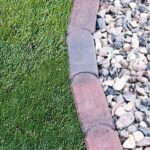Pavers, or paving stones, are a favourite building material for many landscapers. The fact that they come in all sorts of shapes, sizes, colours and textures allows them to be used for a wide variety of projects in several different ways. They’re a durable, decorative, functional and easy way to create a surface for all kinds of uses. To give you some tips on how to incorporate pavers into your landscaping, we’ve put together this list of ideas.
Create A Walkway
One of the popular ways of incorporating pavers into your landscaping is to create a walkway. Whether a full-on sidewalk, a stepping stone path or a set of stairs, pavers can be used to create functional and/or decorative walkways. Their durability will provide a stable surface on which to tread, different textures can be used to create a smooth, non-slip veneer and the array of sizes, shapes and colours can be used to make it unique and attractive. Pavers can be used to create all sorts of different walkways.
Lay A Driveway
Pavers are also often used to create a driveway. The fact that the driveway surface is composed of a large number of small blocks will evenly disperse the weight of vehicles and reduce the chances of cracking. The spaces between the pavers also reduce the chances of cracks forming due to expansion and contraction due to weather fluctuations. If cracks do occur, it’s possible to remove and replace the broken pavers which eliminates the need to resurface the entire area. If you have an artistic flair, a driveway can be used as an oversized canvas on which to create a literal piece of art with different coloured pavers.
Make A Patio
Patios are often considered the outdoor transition from the house to the yard. It delineates a space which can be used for all sorts of recreational and practical purposes. A patio made of pavers provides a stable surface on which to place outdoor furniture. The pavers can be chosen to match the house and other landscaping elements in the yard. It can also be built to direct water away from the house and other structures.



